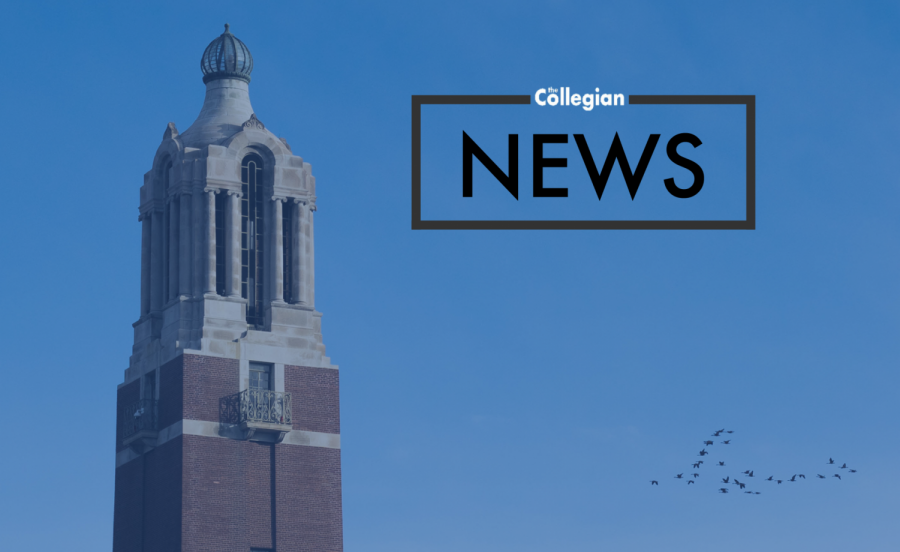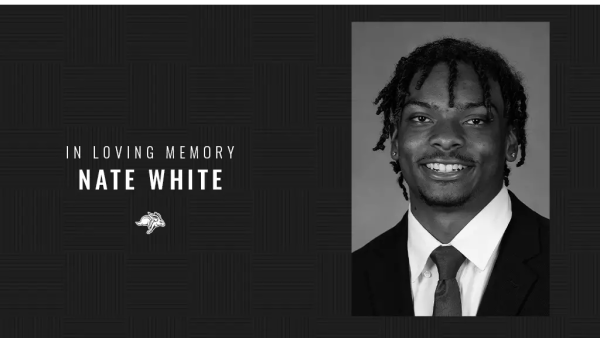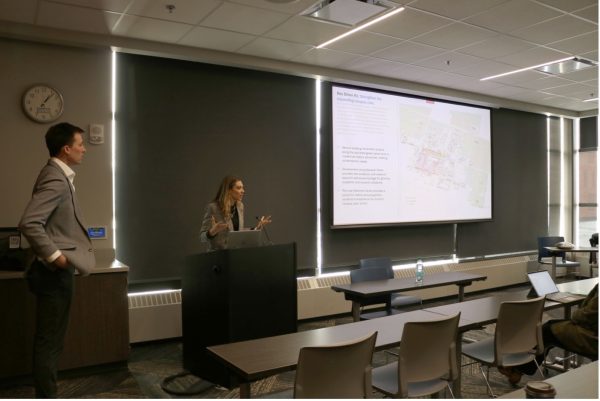Enrollment falls for the second year in a row
October 8, 2019
Enrollment is down 4.9% from last year and 8.1% from 2017. While multiple factors are playing a role in the decline, not all of them are bad.
One factor is that more students are graduating in four years. Though the university is thrilled to see this increase of students graduating on time, 6% more than last year, it decreases total enrollment numbers.
“That’s amazing and it’s exactly what we’re supposed to be doing as higher education,” Michaela Willis, Vice President of Student Affairs, said. “On the other side of it, that has an enrollment impact … so it’s kind of a double-edged sword.”
Also affecting enrollment is the decline in the number of Pell Grant-eligible students attending South Dakota State University, which means that students of the highest financial need are not seeing SDBOR schools as viable options to continue their education.
“This is a trend we are seeing at the South Dakota Board of Regents level as well, and we’ve been seeing that since about 2010,” Willis said.
Willis stressed that this a huge concern for the university, since Dakota’s Promise, a need-based state aid program, is one of the top priorities at SDSU.
Since affordability is of utmost importance to the university, students should not have to worry about a substantial increase in tuition.
“If there is an increase in tuition, I would anticipate it being relatively modest,” Willis said. “This last year, we did have a tuition increase. That increase was based solely off the salary policy that was released by the governor.”
Also among the factors is the opening of the Community College for Sioux Falls (CCSF) at the University of South Dakota. This will draw students looking to receive an associate degree in general studies to USD, rather than SDSU.
“It’s a good model for us financially as a university, but what that means is that for this one year, we will see an enrollment drop in SDSU’s students enrolled in CCSF,” Willis said.
One of the biggest factors affecting enrollment is the U.S. economy. While a strong economy with low unemployment thrives, higher education suffers.
“We have a pretty strong economy right now, and when we have a strong economy and low unemployment; that means individuals are less likely to go back to school,” Willis said. “In a rough economy, higher education typically does really well, as you saw in 2010.”
With low unemployment rates, there’s less of a need for nontraditional students to take courses and earn a degree. Not only is there a lack of returning to school, but the amount of students entering right out of high school is lower.
The number of students graduating from high school took a dip this fall but it is scheduled to go up the next few years, according to Willis.
Another factor that Willis touched on regarding the economy is the difficulty for international students to come to the U.S. to study.
Since the economy plays a huge role, this enrollment drop is not exclusive to SDSU.
“Every single one of the Board of Regents schools has shown a drop in headcount,” Willis said.
Of course, lowered enrollment impacts universities in a number of ways. One of the biggest concerns is financial stability.
“Anytime we have lower enrollment that means less students taking classes, so that means less credit hours, which means financial resources are lower than expected,” Willis said.





















